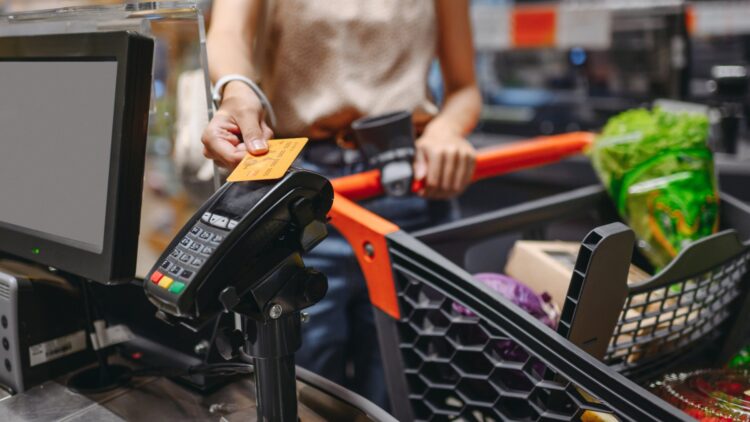Being able to use credit or debit cards has made our lives much easier: we no longer have to go to the ATM to withdraw cash regularly, it’s not so easy for someone to attack us with a knife to steal our wallet, and we no longer have to calculate how much money we can spend—for better or worse. However, every advance in technology has its weak point, and credit cards are no exception. Although we use them freely to pay for all our errands, there are places where we have to be very careful: gas stations, pharmacies, and especially supermarkets.
As technology advances, new techniques for doing harm also appear, in this case for cloning cards. It’s called skimming, and it puts the average consumer at risk without them even realizing it. If you ever have to shop at a convenience store and you see that the payment device looks suspicious (or has a slightly loose cover), you may be dealing with a tampered terminal designed to steal your data. Here we explain how to easily detect them and how to defend yourself in these situations.
Skimming: the method to clone cards
This verb comes from the word skimmer, which is a small electronic device that is placed just above the card slots of a point-of-sale (POS) terminal or ATM. Today, they are so sophisticated that they are almost indistinguishable from the machine’s original reader.
For this fraud to work, criminals must steal the card’s information. The physical skimmer copies the data encoded on your card’s magnetic strip: the full card number, the cardholder’s name, and the expiration date. However, they still need the essential security code: the PIN (personal identification number). To do this, they use pinhole or tiny cameras pointed directly at the keypad. Another way to do this is by placing a keypad with a fake plate that records your keystrokes. Once both pieces of information have been obtained, the criminal will proceed to manufacture a counterfeit card—or rather, a cloned card.
With this cloned card, fraudsters can make cash withdrawals or fraudulent purchases, emptying a bank account in a matter of minutes. Apart from supermarkets and gas stations, this type of fraud is often carried out at ATMs located in isolated or poorly monitored areas.
How to detect skimming
Although it may seem paranoid, the best weapon against skimming is to systematically mistrust all POS terminals. You should physically inspect the terminal. Experts have condensed the actions into a golden rule: pull and move. Before inserting your card, stop at the reader slot and pull it carefully but firmly. If it comes loose, detaches, or wobbles slightly, you have detected a skimmer. Don’t even think about putting your card in there!
You should also look at the keypad used to enter your PIN; if it feels loose, too thick, or protrudes excessively from the body of the terminal (unlike the terminals you are used to), it could be a fake addition designed to steal your information. In general, it is best to use common sense and look for anything that does not fit. Look for small holes or protrusions that could hide a hidden camera near the keypad or on the side panels.
Apart from this, you should physically hide your PIN. Use your free hand, a wallet, or any object to completely cover the keypad while typing your code. A good trick is to learn to type your PIN with all four fingers extended, instead of using just your index finger. This makes it much more difficult for anyone watching to see exactly which fingers are being used on which numbers. It is also better to use your wallet in your non-dominant hand to completely hide your PIN.
If the terminal appears to malfunction after accepting your PIN, cancel the transaction immediately and find another payment point. If you are going to a place where you are not used to paying, we strongly recommend that you use a credit card, as it is insured against this type of situation. Never use your debit card at a gas station or store where you do not trust the employees.

